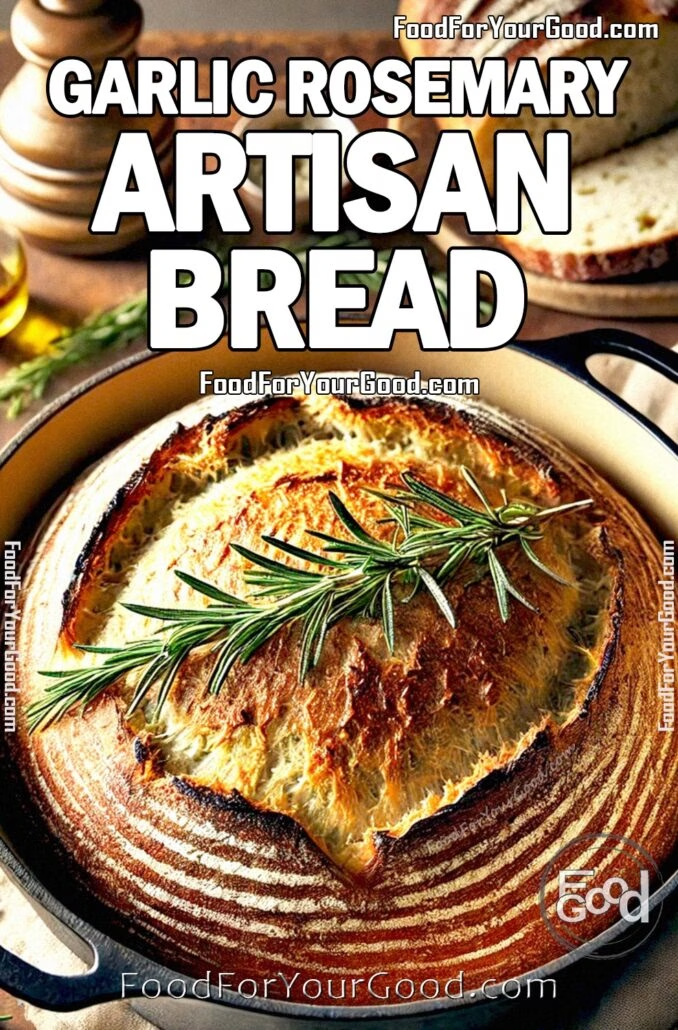
Garlic Rosemary Artisan Bread: An Easy, Flavorful No-Knead Recipe
There’s nothing quite like the comforting aroma of freshly baked bread filling your kitchen. Without a doubt, Garlic Rosemary Artisan Bread is the perfect recipe for anyone who wants to create a bakery-quality loaf at home, but without the hassle of kneading. Not only is this rustic, no-knead bread simple to make, but it also combines the earthy flavor of rosemary with the warm, savory depth of garlic. As a result, it becomes a versatile addition to any meal. Whether you’re a seasoned baker or just getting started, this recipe is both approachable and rewarding, delivering stunning results every time.
One of the best parts of this recipe is how little effort it truly requires. With just a handful of pantry staples and fresh ingredients, you can quickly whip up a dough that transforms into a beautifully crusty loaf. Additionally, the no-knead method allows the dough to rest and rise slowly, which naturally develops incredible flavor and texture with minimal hands-on time. Moreover, baking the bread in a preheated Dutch oven creates that signature artisan crust while ensuring the interior stays soft and airy.
Perfect for pairing with soups, stews, or even a charcuterie board, this bread fits seamlessly into any occasion. Furthermore, it’s surprisingly customizable. For instance, you could try using other herbs like thyme or oregano. Or, if you’re craving a bit of cheesy indulgence, simply add a sprinkle of Parmesan to the mix. Because the possibilities are endless, this recipe becomes even more exciting to bake again and again.
If you’ve ever felt intimidated by the idea of baking bread, this recipe will certainly change your mind. It’s as simple as mixing, waiting, and baking—and, without question, the results are absolutely worth it. So, roll up your sleeves, preheat your oven, and get ready to impress your family and friends with this delightful Garlic Rosemary Artisan Bread. Baking at home has never been so rewarding, flavorful, or delicious!
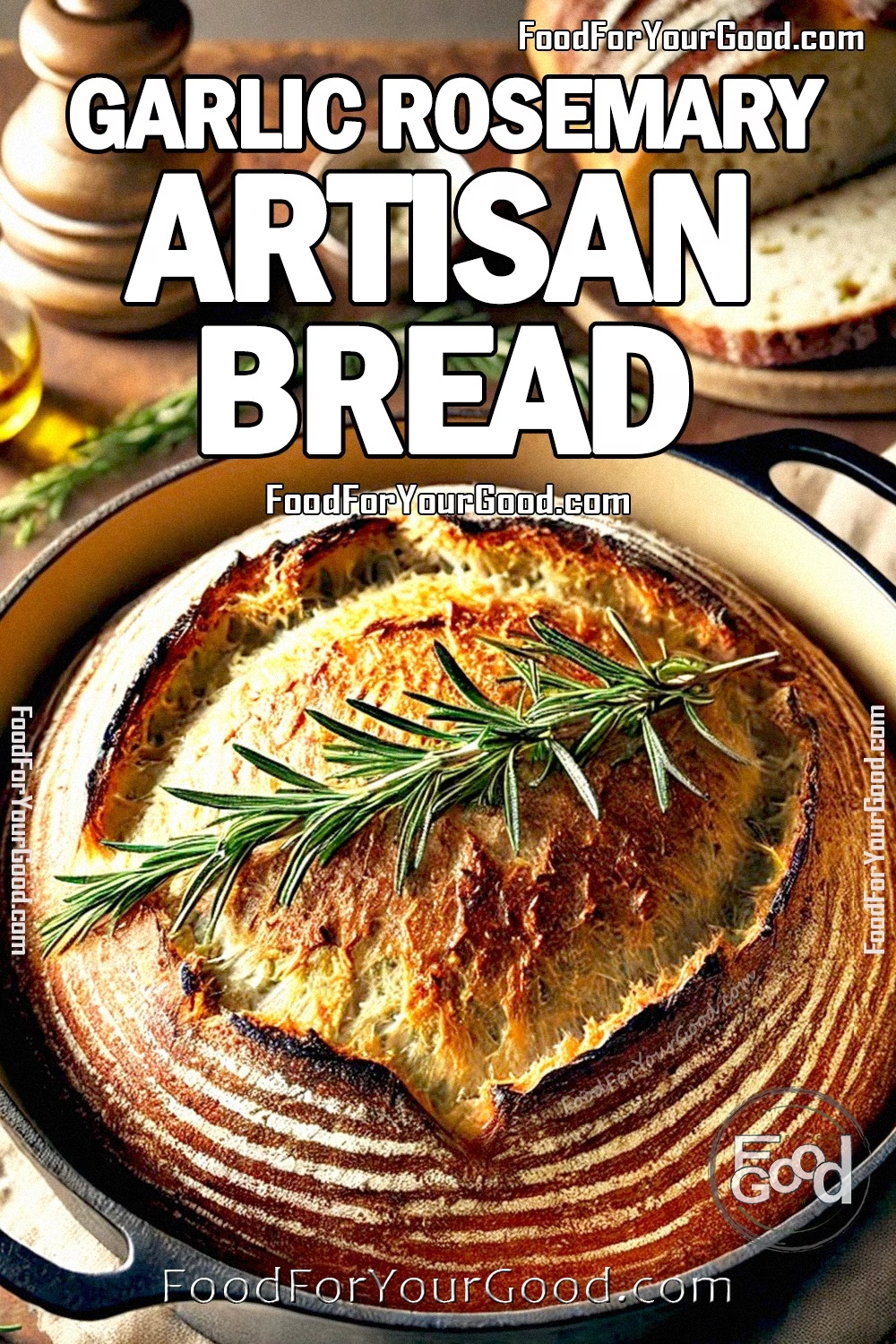
INGREDIENTS
3 ½ cups (445 g) all-purpose flour
1 ½ tsp salt
1 tsp sugar
½ tsp active dry yeast
1 ¾ cups (410 ml) warm water (about 110°F; helps yeast activate)
3 tbsp olive oil
1 tbsp minced garlic
2 tbsp fresh rosemary, finely chopped
Extra flour (for dusting)
INSTRUCTIONS
1. Mix the dry ingredients: In a large mixing bowl, combine flour, salt, sugar, and yeast. Stir until evenly distributed to ensure an even rise.
2. Add the wet ingredients: Gradually pour in warm water and olive oil. Add the minced garlic and chopped rosemary. Stir with a wooden spoon until a shaggy, sticky dough forms. The dough should feel soft and sticky but manageable.
3. Rest the dough: Mix the dough as usual and let it rise at room temperature for 1–2 hours until it starts to puff up slightly. Cover the bowl tightly with plastic wrap or a clean kitchen towel. At this point, you can choose one of two methods:
- For a traditional rise, let the dough rest at room temperature for 12–18 hours. During this time, it will double in size, develop bubbles on the surface, and have a pleasant, yeasty aroma (if it has an overly sour smell or any unexpected signs like mold, it may indicate an issue such as improper storage or compromised ingredients).
- Alternatively, cover the dough tightly with plastic wrap or a lid and refrigerate it for 12–48 hours. When you’re ready to bake, take the dough out of the fridge and let it sit at room temperature for about 1 hour to remove the chill. This helps the yeast become active again.
Choose the method that best fits your schedule while ensuring flavorful results.
4. Shape the dough: Sprinkle flour onto a clean surface and lightly flour your hands. Gently turn the dough onto the floured surface without deflating it. Fold the dough over itself 4–5 times to form a rough round loaf.
5. Prepare for the second rise: Place the shaped dough onto a sheet of parchment paper. Lightly cover it with a clean towel and let it rise for 1–2 hours. It should become puffy but still hold its shape.
6. Preheat the oven and Dutch oven: About 30 minutes before baking, preheat your oven to 450°F. Place a Dutch oven (with its lid) inside the oven to heat up thoroughly.
7. Bake the bread: Carefully remove the hot Dutch oven from the oven. Using the parchment paper, lift the dough and place it inside the pot. Cover with the lid and bake for 30 minutes.
8. Finish the crust: Remove the lid and continue baking for an additional 10–15 minutes. The crust should be a deep golden brown and sound hollow when tapped.
9. Cool and serve: Transfer the bread to a wire rack to cool for at least 15 minutes before slicing. This allows the crumb to set properly.
Helpful Tips to Perfect This Recipe
- Use a Dutch Oven for the Best Crust: Preheating your Dutch oven ensures the bread gets a golden, crisp crust while locking in moisture. For the best results, place the dough carefully into the hot pot using parchment paper. This step helps achieve a bakery-style artisan bread finish.
- Allow Enough Time for Fermentation: Long fermentation (12–18 hours) is essential for developing flavor and texture. The dough should look bubbly and doubled in size. If your kitchen is cooler, extend the resting time slightly to ensure the dough is well-risen.
- Incorporate Fresh Rosemary and Garlic: Using fresh rosemary and minced garlic enhances the bread’s aroma and flavor. Chop the rosemary finely and ensure the garlic is evenly distributed throughout the dough for the best taste in every bite.


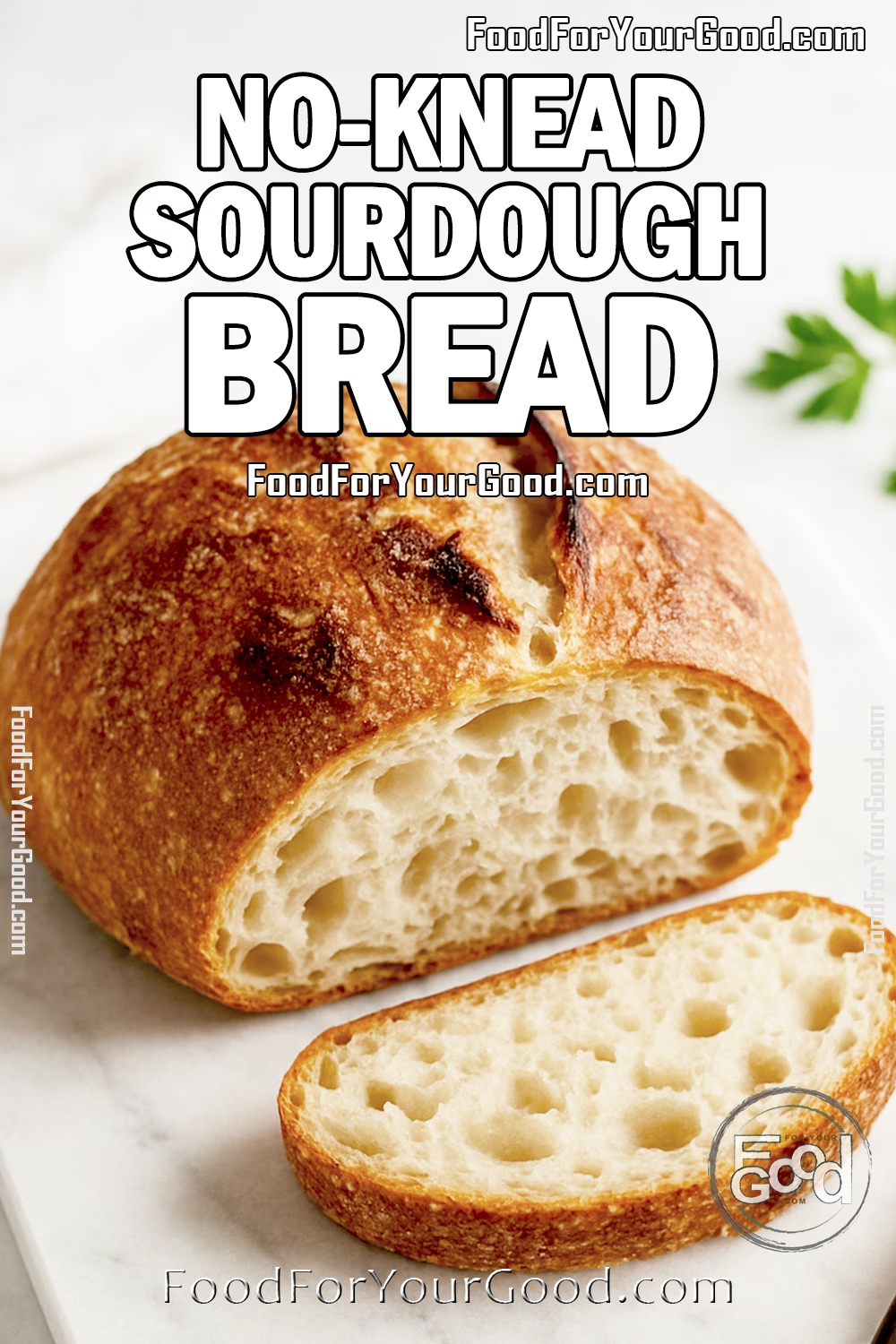
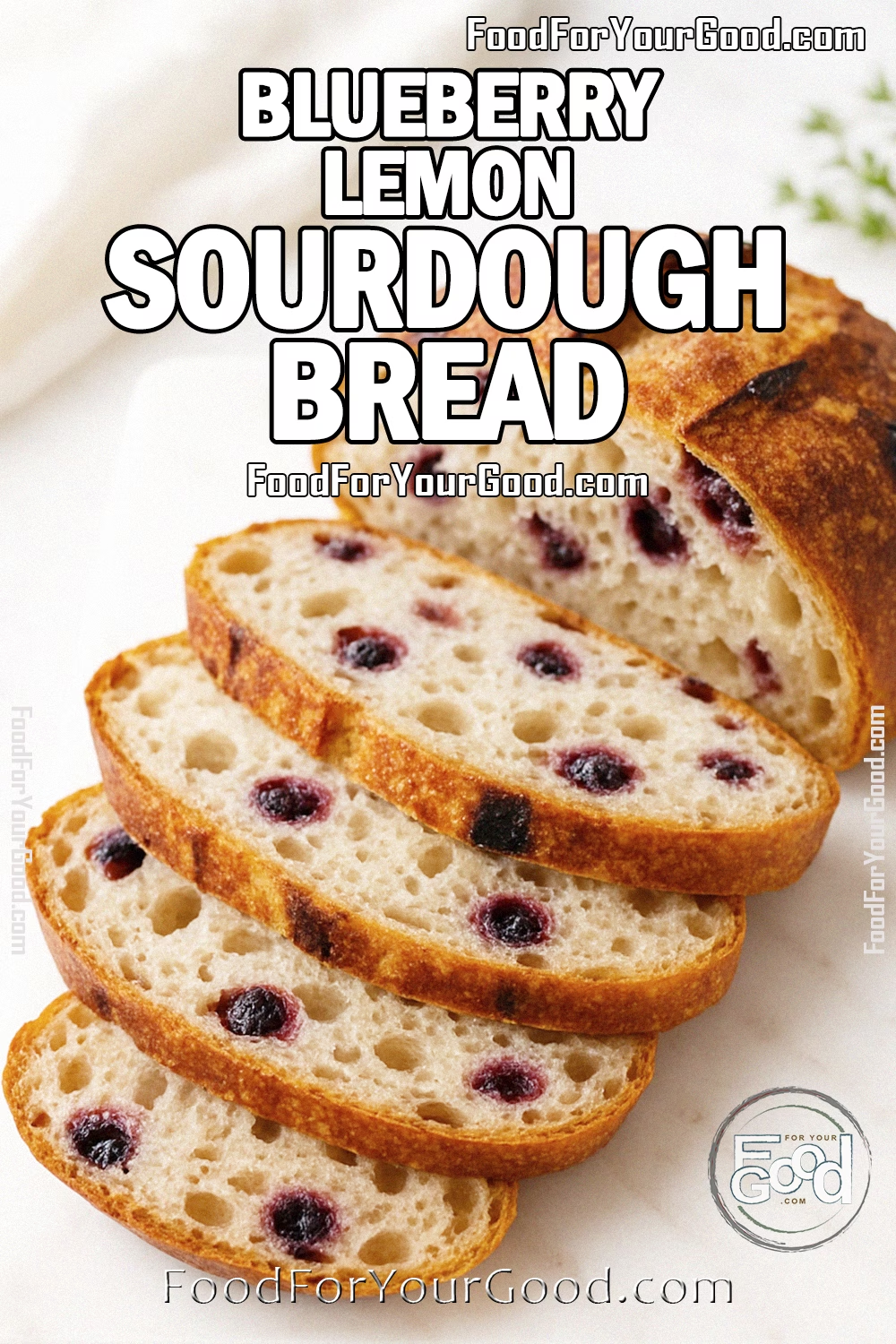

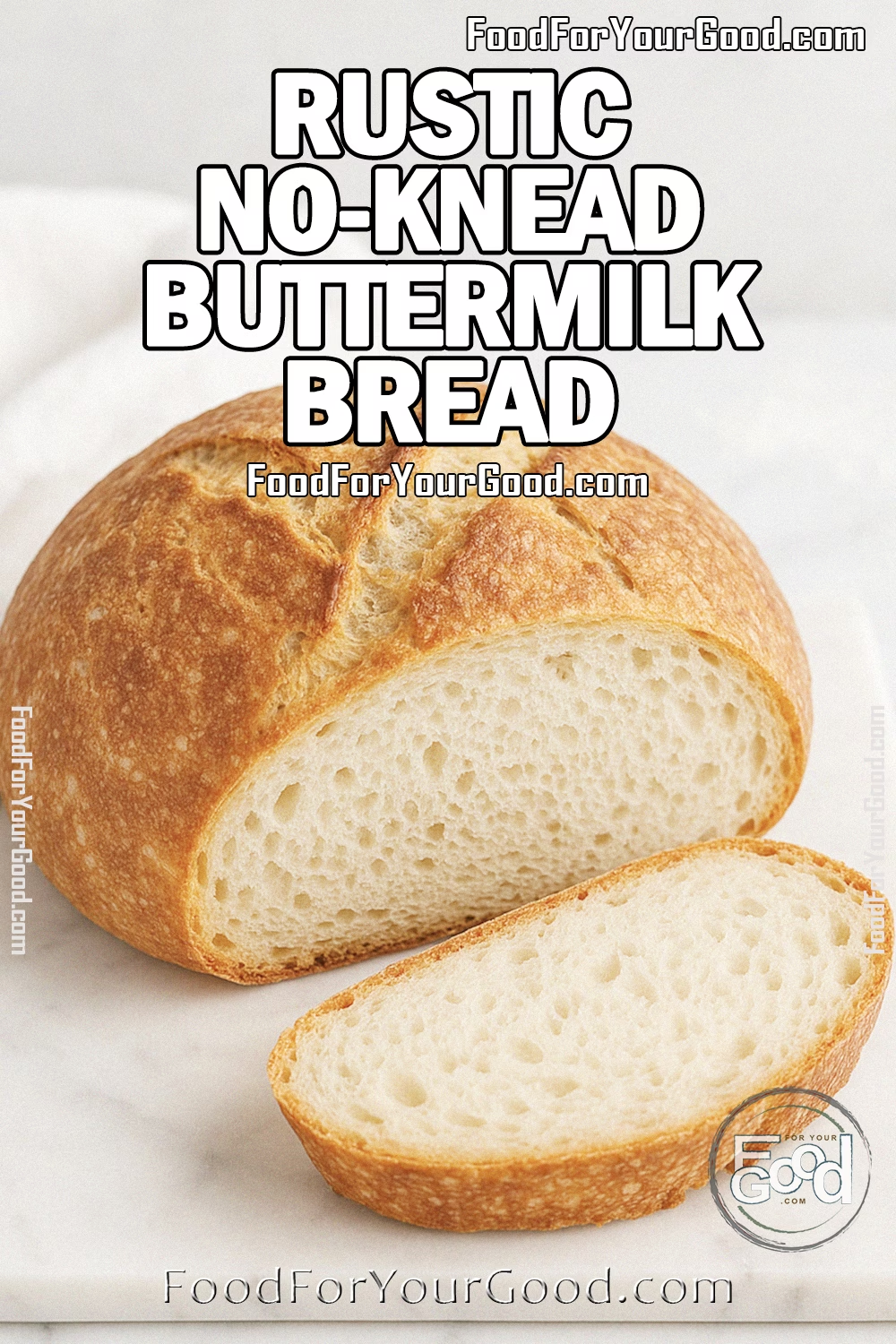
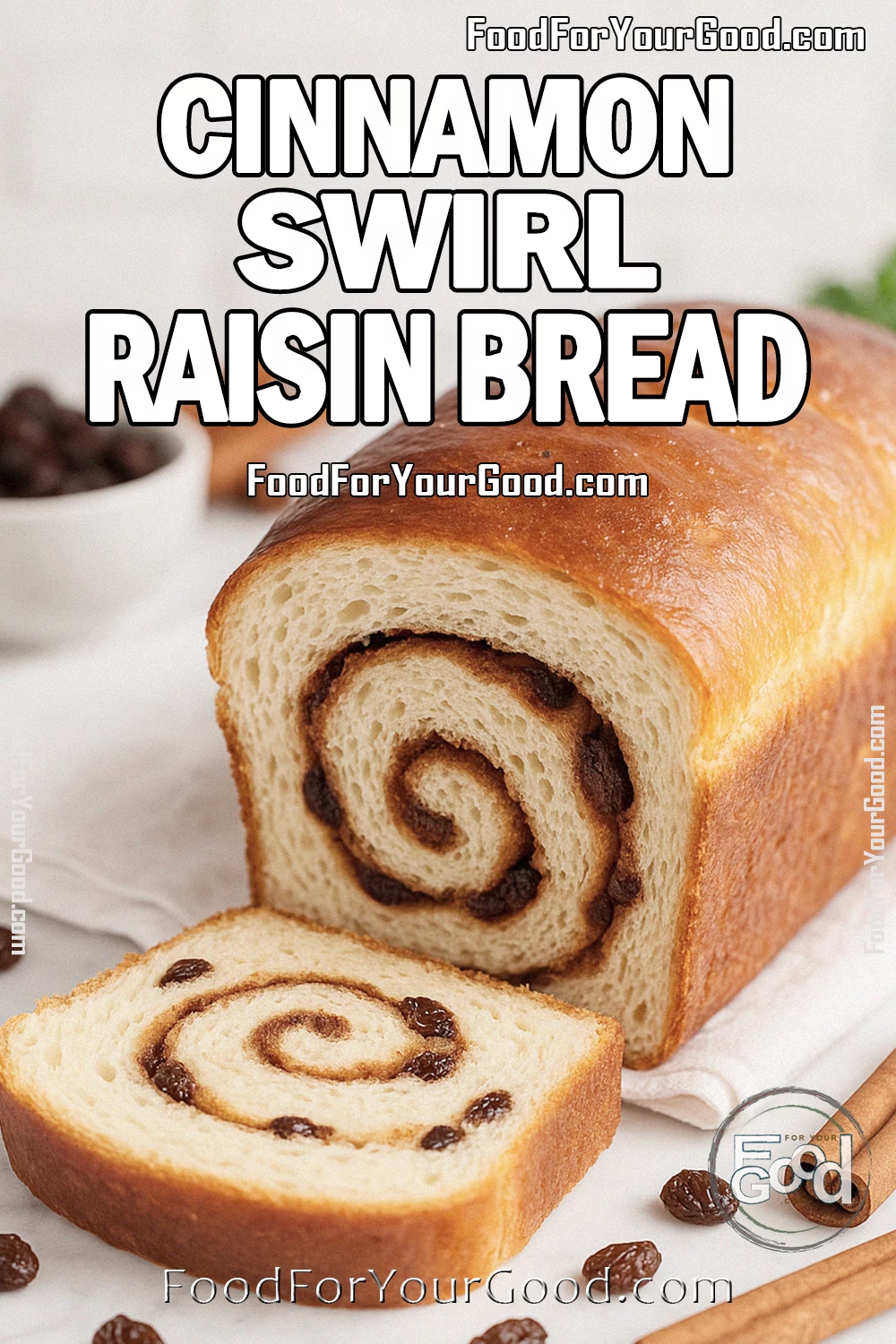









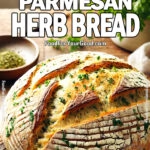



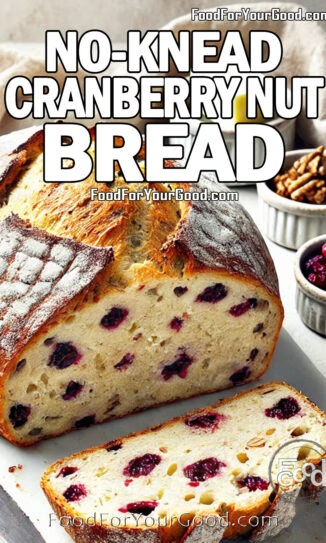
Be the first to comment
Cooked it? 🍳 Loved it? ❤️ Changed it up? 🔄 Your opinion matters! Log in with Google or Facebook using the button below, share your foodie adventure, and let’s make cooking even more fun together! 🎉